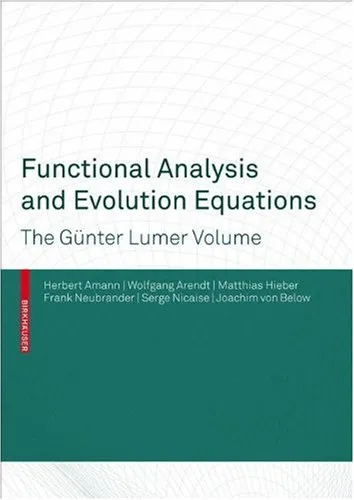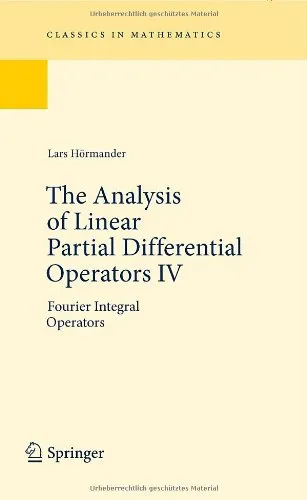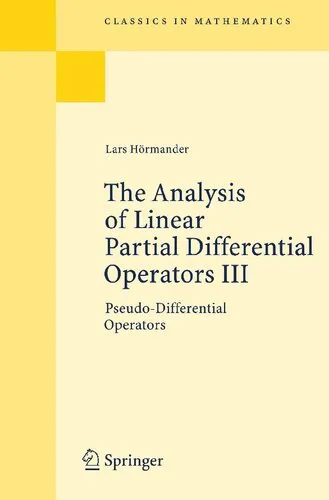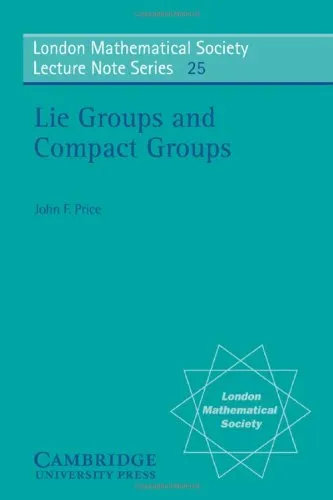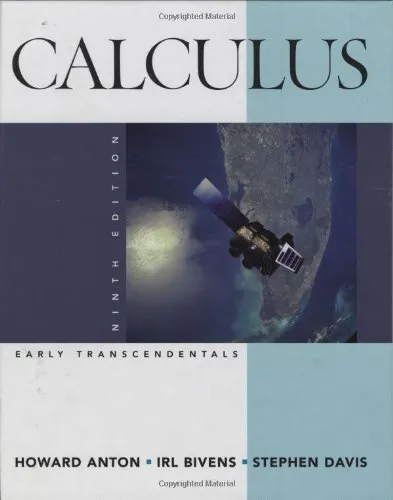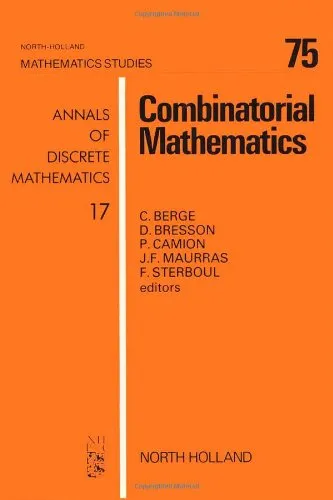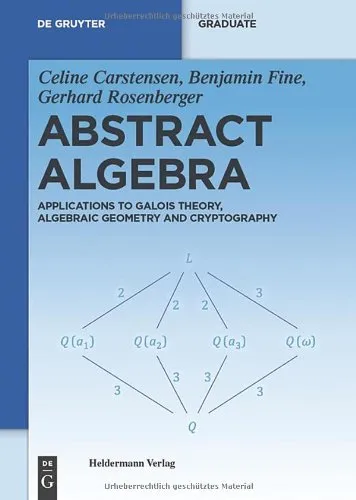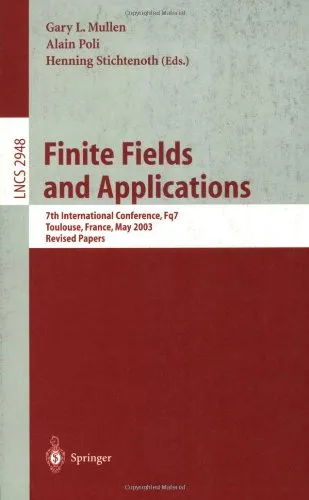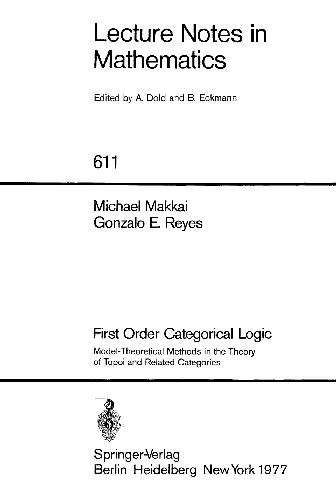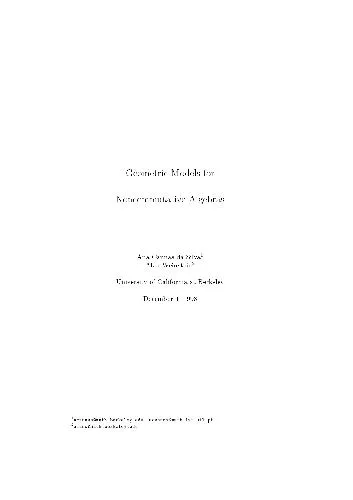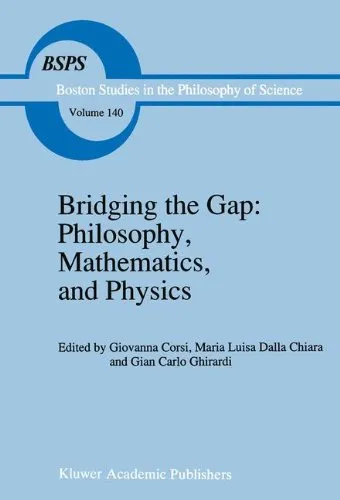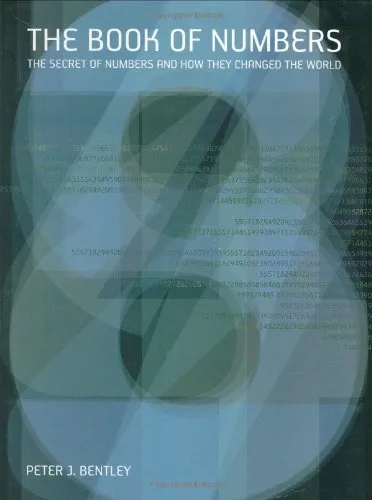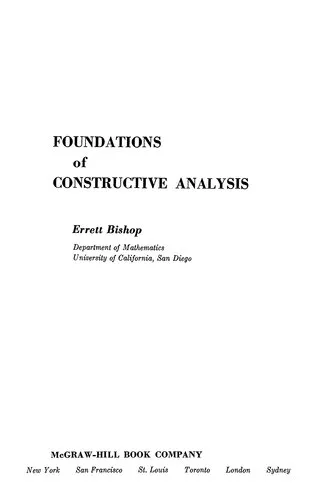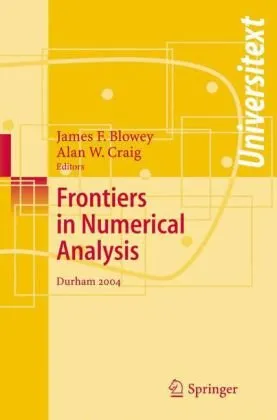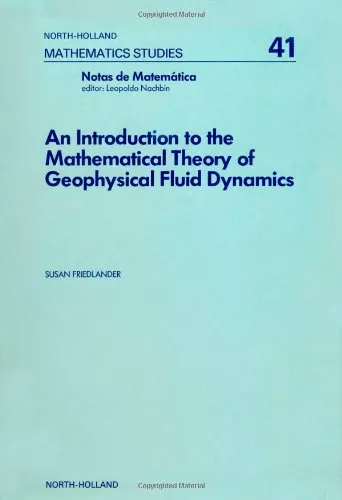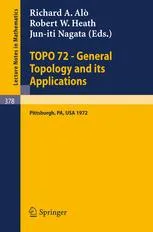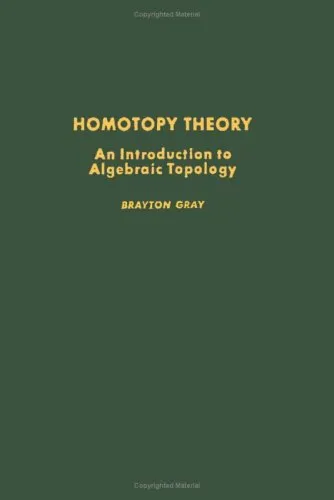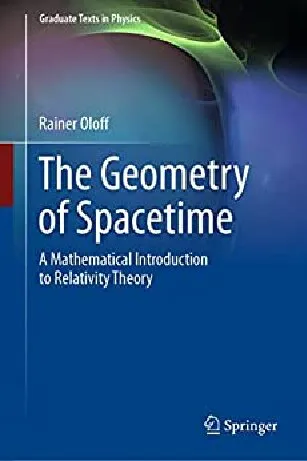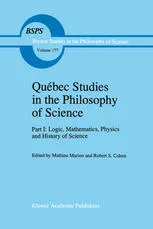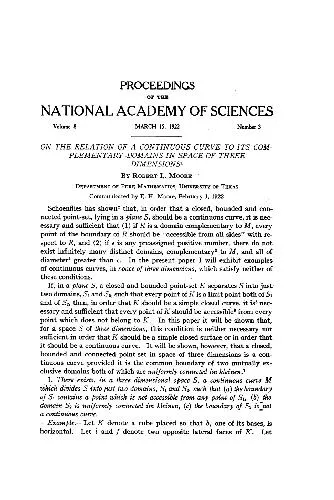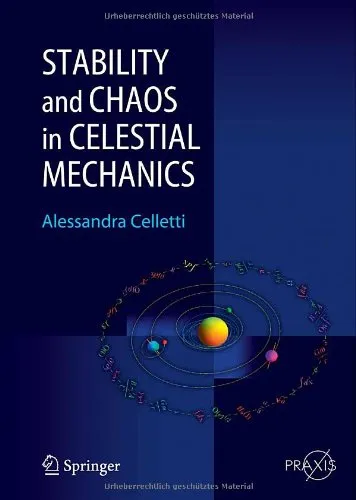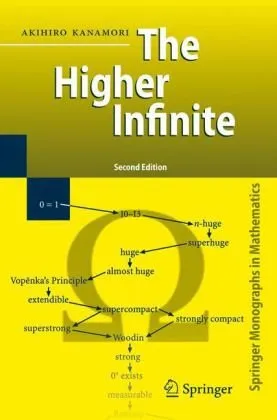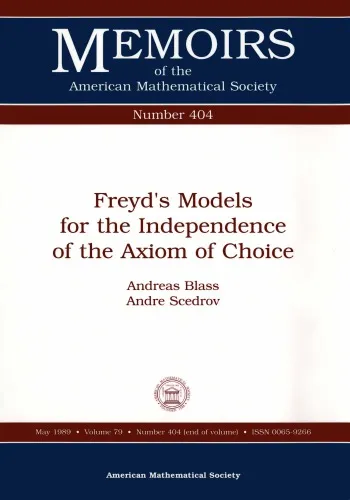On the Revolutions of Heavenly Spheres - Translated by Rosen
4.5
Reviews from our users

You Can Ask your questions from this book's AI after Login
Each download or ask from book AI costs 2 points. To earn more free points, please visit the Points Guide Page and complete some valuable actions.Related Refrences:
Introduction to 'On the Revolutions of Heavenly Spheres' - Translated by Rosen
Written in the early 16th century by Nicolaus Copernicus, 'On the Revolutions of Heavenly Spheres' represents a tremendous shift in understanding the cosmos. This groundbreaking work, meticulously translated by Rosen, offers insights into Copernican heliocentrism, challenging the widely accepted geocentric model of the universe. This introduction delves into the profound ideas presented in the book, their significance, and the enduring legacy of this revolutionary text.
Detailed Summary of the Book
At its core, 'On the Revolutions of Heavenly Spheres' proposes the heliocentric model of the universe. Copernicus postulates that the sun, rather than the Earth, is at the center of the universe. This model posits that all planets, including Earth, revolve around the sun. Copernicus meticulously calculated the positions and paths of the celestial bodies, offering a mathematical foundation for his ideas.
The book is divided into several sections, each elaborating on different aspects of the celestial sphere and the apparent motion of the planets. Copernicus addresses the Ptolemaic system's complexities and inconsistencies, proposing simpler and more harmonious models through mathematical rigor combined with observational astronomy. The treatise begins with theories of the universe's structure, moving through detailed astronomical tables that serve to predict planetary positions accurately.
Key Takeaways
- Heliocentrism: The revolutionary concept that the sun is the center of the universe, fundamentally altering the understanding of celestial mechanics.
- Mathematical Precision: Copernicus's use of mathematics to describe the motions of celestial bodies, laying the groundwork for future astronomers.
- Scientific Inquiry: The book exemplifies the spirit of questioning established norms, which is a cornerstone of scientific methodology.
- Legacy in Astronomy: Although initially controversial, Copernicus's ideas paved the way for modern astronomy and influenced later astronomers like Kepler and Galileo.
Famous Quotes from the Book
“Finally we shall place the Sun himself at the center of the Universe.”
“For what could be more beautiful than the heavens which contain all beautiful things.”
Why This Book Matters
This monumental work represents a critical pivot in the history of science. By challenging the geocentric model embraced by the Church and scholars for centuries, 'On the Revolutions of Heavenly Spheres' emboldened future generations of scientists to explore beyond accepted doctrines. It marked the beginning of the Scientific Revolution, influencing the work of luminaries like Johannes Kepler, who refined heliocentric theories, and Galileo Galilei, whose observations supported Copernican ideas.
Copernicus's approach to observation and mathematics set a precedent for empirical investigation, championing the integration of data-driven analysis in scientific inquiry. The book's impact extends beyond astronomy; it represents a broader intellectual awakening, enshrining critical thought and challenging authority as essential tenets of progress. Even today, nearly five centuries later, its principles resonate throughout the scientific community, reminding us to look up and explore the cosmos with curiosity and skepticism.
Free Direct Download
You Can Download this book after Login
Accessing books through legal platforms and public libraries not only supports the rights of authors and publishers but also contributes to the sustainability of reading culture. Before downloading, please take a moment to consider these options.
Find this book on other platforms:
WorldCat helps you find books in libraries worldwide.
See ratings, reviews, and discussions on Goodreads.
Find and buy rare or used books on AbeBooks.
1416
بازدید4.5
امتیاز0
نظر98%
رضایتReviews:
4.5
Based on 0 users review
Questions & Answers
Ask questions about this book or help others by answering
No questions yet. Be the first to ask!

